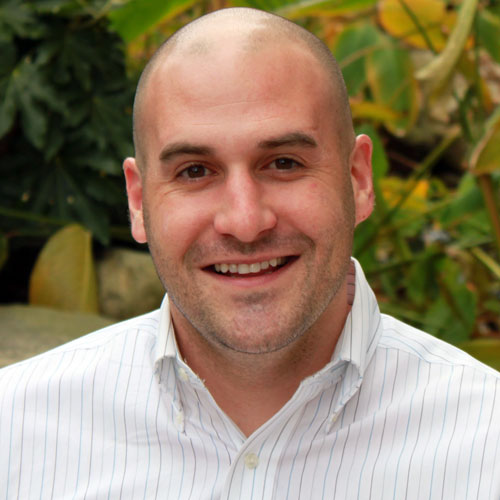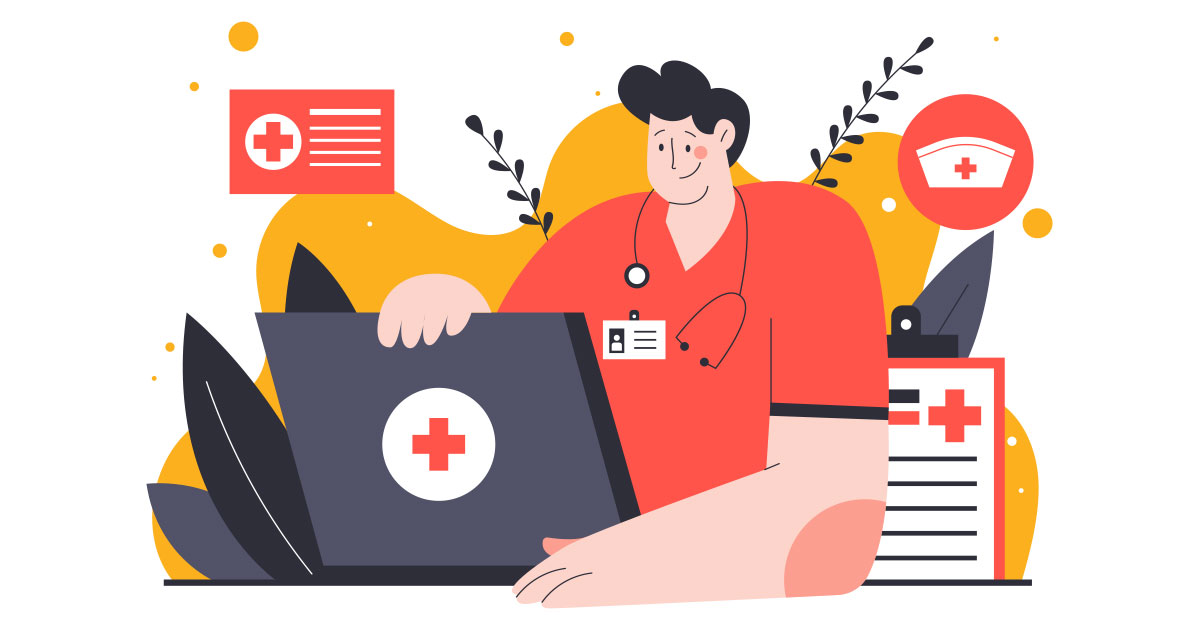How has COVID-19 affected emergency departments and what’s in store for the future?
LocumTenens.com recently conducted a survey about the effects of COVID-19 on the healthcare industry, with almost 1,000 respondents sharing their experiences with us. Here are some of the findings for emergency room healthcare providers. Respondents included mostly permanently employed clinicians, but also included some locum tenens/contract employees and unemployed or retired providers.
Furloughs & Layoffs
According to the survey report, those in emergency medicine were the most affected by furloughs, layoffs or both. A staggering 67% of emergency medicine respondents worked for organizations where a layoff or furlough happened due to the pandemic.
“As of May 28, at least 266 hospitals had furloughed staff to remain financially stable during the pandemic, although some hospitals have started to bring furloughed workers back amid the process of resuming procedures,” according to a Becker’s Hospital Review article published June 5. Another Becker’s article continues to update a list of the hospitals bringing back employees.
Decrease in Patient Visits
Approximately half (49%) of emergency medicine respondents saw at least a 50% decrease in patients coming into the emergency room to be seen. Sixty-seven percent of these providers are concerned the rise in newly uninsured patients will continue to keep patients away from routine visits and elective procedures, which could worsen ailments when these patients eventually make it to the emergency room.
Mental Health Expectations
Emergency rooms are often, unfortunately, faced with patients experiencing severe mental health issues, and many experts worry the pandemic is only going to worsen this. Eighty percent of emergency medicine providers who took the survey are expecting to see a rise in mental health concerns due to the repercussions of COVID-19. Eighty percent of them are also unsure how their organization will be equipped to take care of these patients, though 16% say instituting telemedicine programs will help.
As far as experiencing issues of mental health due to COVID-19 themselves, 39% of emergency medicine providers have felt an increase in stress, burnout or mental health issues, while an average of 52% from all specialties experienced an increase.
Telehealth
Did your facility implement more telehealth services? Our survey found about half (51%) of emergency medicine respondents stated they or their organization increased telemedicine use during COVID-19, though almost half (47%) had some concerns about the quality of care for patients.
We have plenty of educational telehealth resources for both organizations and healthcare providers regarding implementation, frequently asked questions or billing information for those who want to learn more about adopting a telemedicine program during the pandemic. The Center for Connected Health Policy (CCHP) is a nonprofit, nonpartisan organization providing the most up-to-date information about telehealth law and policy in this ever-changing healthcare situation.
Looking Ahead for Emergency Medicine
The good news is many healthcare clinicians are being brought back as more and more patients are slowly feeling more comfortable to begin resuming procedures, or in the case of emergency rooms, patients are coming in for ailments they can no longer put off.
Here at LocumTenens.com, we are hearing from emergency departments all over the country that volumes are now at 80-90% of pre-COVID-19 levels, but that the acuity of patients is much higher. And, it’s not COVID-related. Rather, very sick patients are presenting to the ED with complications related to postponed care for cardiac disease, chronic illness and neurological/stroke issues.
Due to these conversations, in August we polled emergency departments across the U.S. to see how their volume of patients changed during the pandemic to now. More than half of the EDs reported their volumes are now equal to or above their pre-COVID-19 levels. Of the EDs reporting lower volumes, more than a quarter were starting to see those numbers rise.
However, a recent study in the Annals of Emergency Medicine found that out of almost 50,000 active emergency medicine physicians, only 8% are practicing in rural communities, where the median age of emergency physicians is 58 for larger rural communities and 62 for smaller. As these physicians near retirement age, the staffing shortage will worsen, which is compounded by the increase of patients now presenting to EDs with delayed care. Rural EDs should consider incorporating locum tenens staffing into their business strategy to keep up with providing their communities the needed care for these vulnerable patients.
Whether you're a healthcare provider in locum tenens work or an organization in need of staffing support, we've got you covered. Learn more about our emergency medicine staffing services.

About the author
Alan Ashby
Vice President, Primary Care
After starting his career at LocumTenens.com in 2008 as a Research Consultant for the Surgery Division, where Alan quickly moved up the ranks to Managing Director. In November of 2016, he transitioned to the Primary Care Team where he served as Managing Director until being promoted to Associate Vice President. In 2018, Alan became Vice President of the Emergency Medicine Division and in 2021 Vice President of Primary Care, continuing to oversee Emergency Medicine. Since joining LocumTenens.com, Alan has been the recipient of numerous awards, including “Producer of the Month” and “Manager of the month,” and was recognized as the 2012 LocumTenens.com Producer of the Year. Alan graduated magna cum laude from Georgia State University in 2005 with a B.B.A. in Risk Management and Insurance. Prior to joining LocumTenens.com, he spent three years in the insurance industry serving small- and medium-sized businesses with commercial insurance planning.





